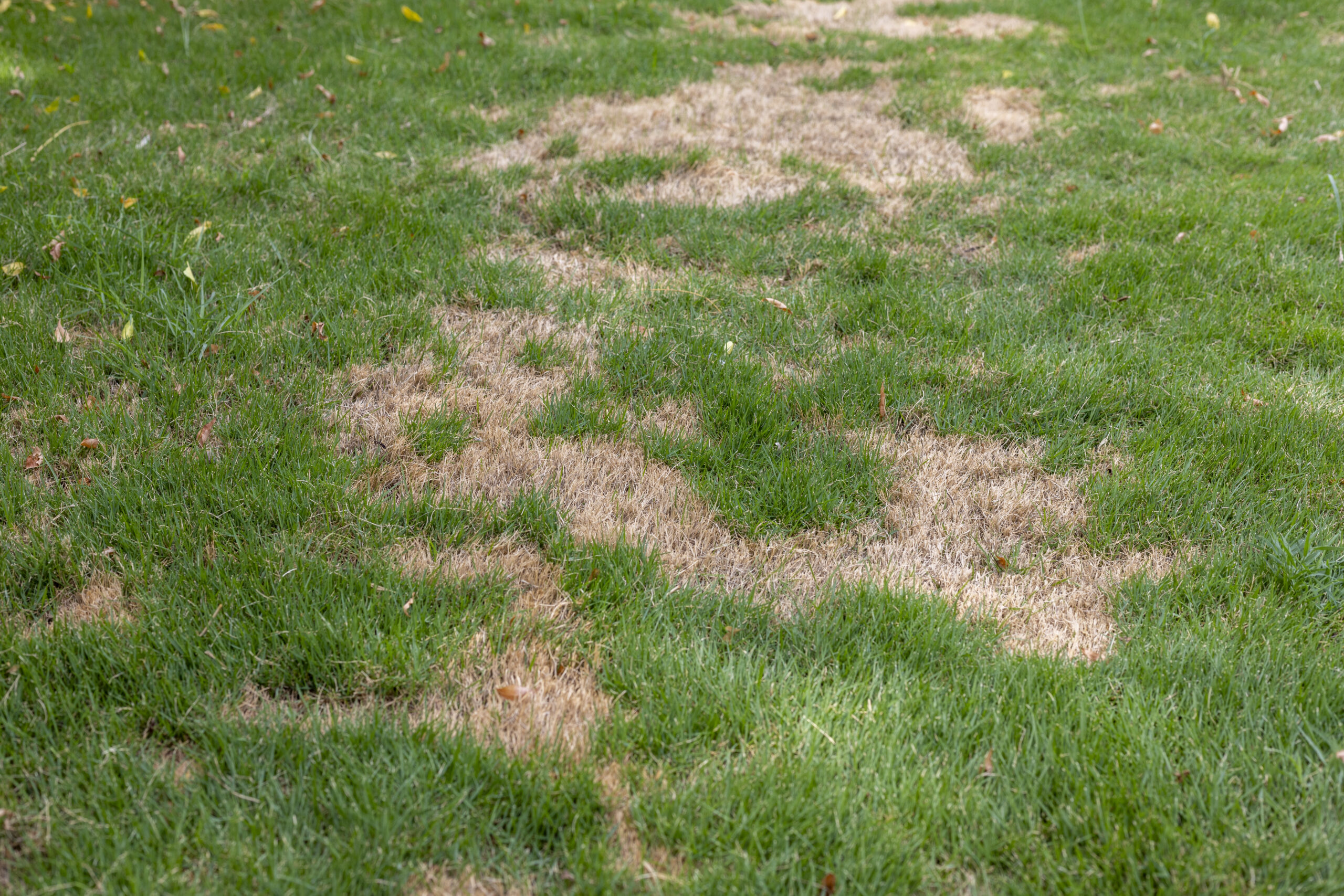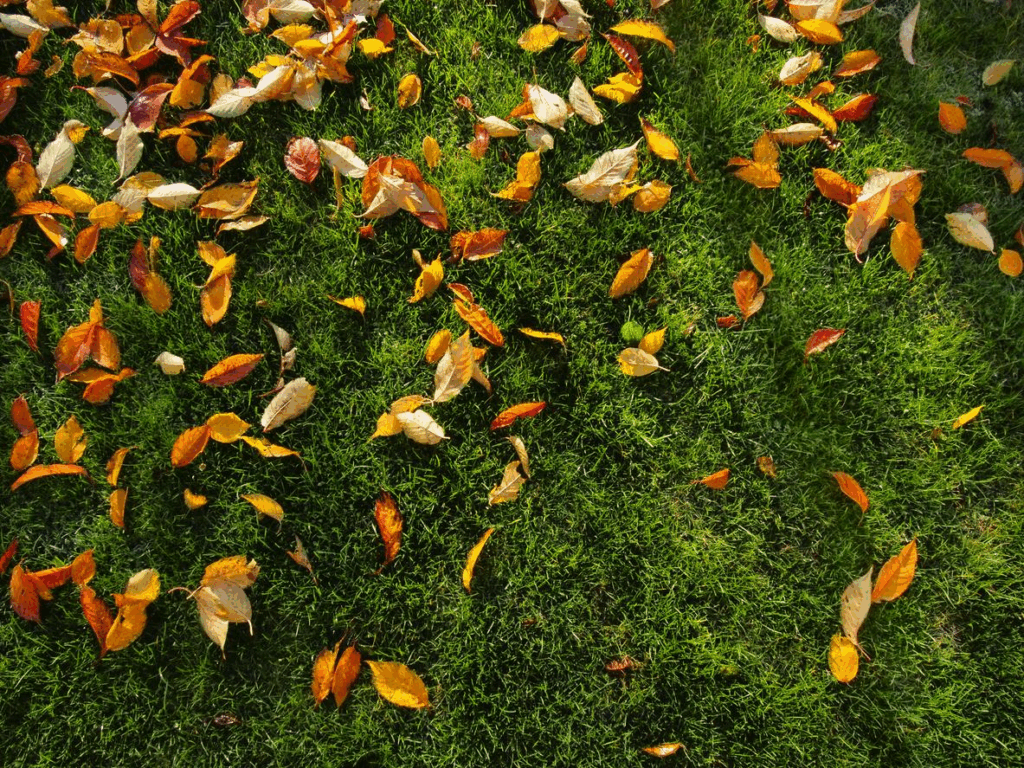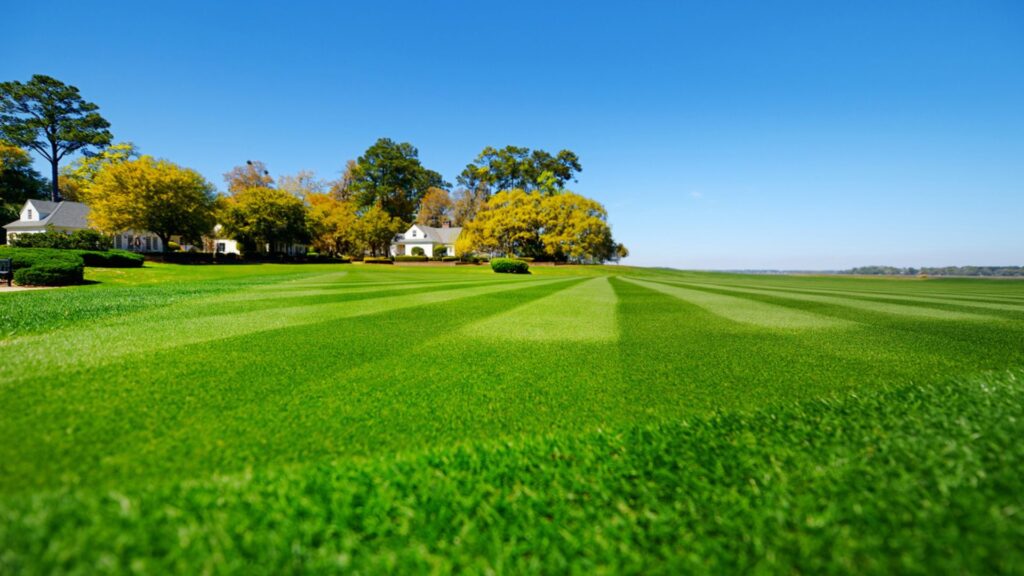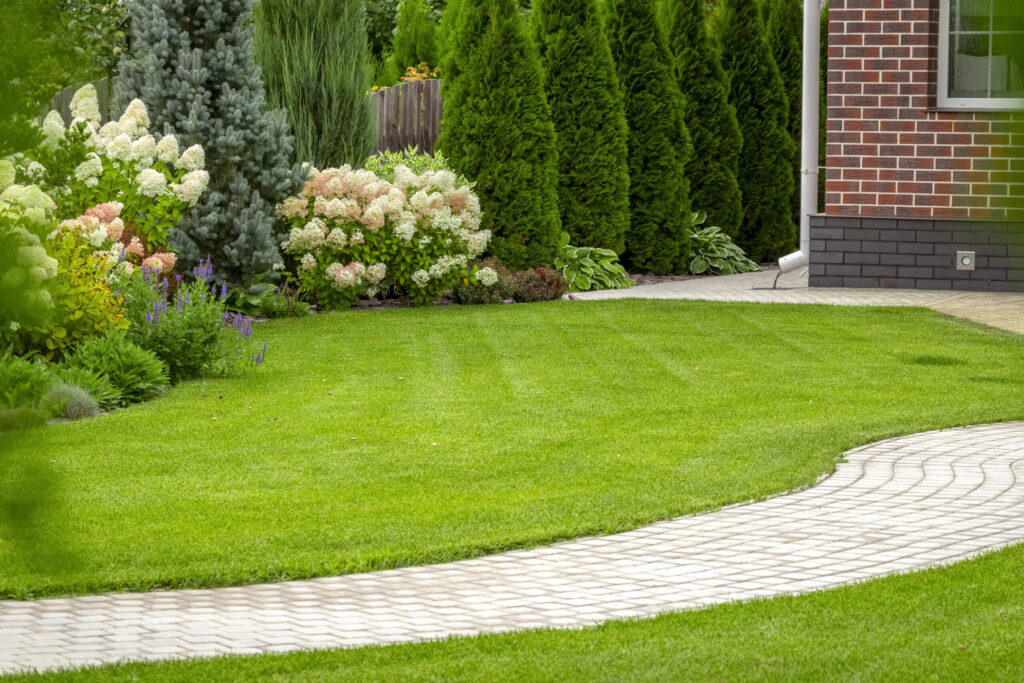As temperatures start to warm up, you might be looking forward to getting a lush, green lawn again. However, many Aurora homeowners are frustrated to find that their lawn doesn’t immediately bounce back in spring.
It’s very common for people to notice unsightly brown spots all over their lawns after winter. Why does this happen, and what can you do about it? Keep reading to learn more about the culprit behind this problem.
What It Means If You Have Brown Spots on Your Lawn After Winter
Have you looked outside after a long winter and noticed odd circles of brown grass showing up on your lawn? While it’s normal for grass to be browner after winter, healthy grass won’t have an uneven appearance with distinct clusters of dead grass. If this is happening to you, there’s a good chance you have snow mold.
What Is Snow Mold?
Snow mold is a type of fungus that can damage grass. When winter traps cold moisture around your grass, conditions are ripe for snow mold to grow. It most frequently affects fine fescue, tall fescue, bluegrass, and ryegrass, but other varieties can also get snow mold.
How to Identify Snow Mold
One of the tricky things about lawn care is that many common issues have fairly similar symptoms. Brown patches on your lawn after winter are most frequently caused by snow mold, but there is a chance that you could have other problems like bugs or improper watering techniques. Before you rush to treat your lawn for snow mold, it’s helpful to confirm that snow mold is the actual issue.
The main sign of snow mold is small, circular brown patches on your lawn. Multiple patches are usually sprinkled across the surface, typically measuring around one foot in diameter. The patches may just be the color of dry grass, or they may have an orange, pink, or red tint.
In some cases, the snow mold may develop a ringed appearance with lighter patches in the center and darker circles around the edges. Unlike some other lawn issues, snow mold damage always occurs at the end of cold weather and frequently shows up when snow melts.
A closer look will help you confirm that your lawn is indeed damaged by snow mold. If you examine these patches of grass closely, you’ll find fungal threads on grass blades. These look like pinkish, whitish, or grayish threads draped across the blades. At a glance, these threads may appear similar to spider webs, or they might have a slimy texture.
Ways to Fix a Lawn With Snow Mold Damage
Snow mold might look unpleasant, but it doesn’t have to be a disaster. Prompt treatment can keep the fungus from spreading and making your yard look even worse. Here are the steps we recommend at Lawn Squad® to address snow mold on your lawn.
Aerate Your Lawn
Snow mold mainly occurs in airless environments with a lot of moisture. Therefore, one of the best things you can do is aerate your lawn. Usually, this process starts by thoroughly raking and dethatching the lawn to remove the dead plant matter left over from the snow mold. Sometimes, snow-mold-damaged grass is particularly crumbly, so it may need to be bagged and removed from your yard.
Once you have better airflow around grass blades, you can move on to adding oxygen to the soil. Aerating your soil with a device that pushes small holes into the ground makes it even easier for nutrients and oxygen to revive your grass.
Improve Drainage and Avoid Overwatering
This fungus grows best in damp conditions, but avoiding watering your grass altogether will just stress it further. Instead of keeping your lawn bone dry, your goal will be to keep water from sitting on it.
While your grass needs regular watering, you don’t want puddles sitting in the yard for days after each spring shower. Depending on your current lawn design, working with a professional to add more drainage to the area may be helpful.
Add Fertilizer
Your yard can benefit from some fertilizer every spring, and this is especially true if you have snow mold. The best fertilizer for a yard with snow mold is usually a slow-release fertilizer with balanced levels of nitrogen and potassium. This helps to get your grass ready for a lengthy growing season, so it’s prepared to overcome the snow mold damage.
Be Patient
While it might be tempting to apply a bunch of industrial-strength fungicides to your lawn, the reality is that it’s unnecessary. Very low levels of fungi and bacteria are always present on your lawn. Instead of turning the entire yard into a sterile environment, our goal is usually to make sure your grass is healthy enough to withstand any other organisms.
Snow mold recovery is mostly about giving your yard time to grow new grass. By removing conditions that let the fungus grow and creating conditions that let the grass grow, you can get your lawn looking great again.
Can You Prevent Snow Mold in the Future?
Don’t forget that you can also do a lot to prevent snow mold from happening again. The right lawn care in spring, summer, and fall can keep you from encountering unpleasant snow mold patches after winter. Here are some proactive steps you can take to banish snow mold for good.
Mow and Dethatch Properly
It’s important to keep dead plant matter from building up on top of your lawn because this debris provides food for snow mold. Before the first snow, make sure your grass is no longer than two inches. Having your lawn care company dethatch your lawn before fall storms start is also a good idea. This removes the tangled mat of dead grass that builds up around roots.
Apply a Preventative Fungicide
Though fungicide can’t do much to help restore a lawn after snow mold sets in, it can prevent its growth. For people with recurring snow mold infestations, apply a fungicide each fall. Just keep in mind that this is a more extreme approach that is only recommended in severe cases.
Adjust Your Fertilizer Ratio
While fertilizer in the spring can give your grass strength to fight snow mold, fertilizing in the fall is a bad idea. Applying a high-nitrogen fertilizer at the end of the growing season creates ideal conditions for snow mold. You can still use some fertilizer later in the year, but stick to low-nitrogen or zero-nitrogen options.
Clear Snow Promptly
When winter storms hit, don’t let snow sit in your yard for days at a time. If possible, try to remove snow promptly. This lets air get in contact with your grass and removes moisture, eliminating the ideal conditions for fungal growth.
Ultimately, snow mold is an inconvenient yet extremely treatable issue. With the right care, you can stop this fungus from spreading and have a fresh, green lawn ready to enjoy by the time it warms up.
At Lawn Squad®, we have plenty of experience managing snow mold. Our team can assist you with finding a treatment plan for your unique situation. We’ll eradicate damage and help your lawn thrive again. To get started, call us at Lawn Squad® today.





